Pam Freday| Artist | Clay | Fiber Art | Jewelry| Quilting
I do pottery. When I say that, most people think of the scene in Ghost where Patrick Swayze and Demi More create a pot on the wheel. It’s a great scene, but not as fun as creating sculpture through building with your hands, in my opinion. Pottery wheels provide the basis for symmetrical forms, whereas hand-building can create both symmetrical and sculptural pieces. As any artist knows there is a lot to love about the process, but there are always those things that don’t go as planned.
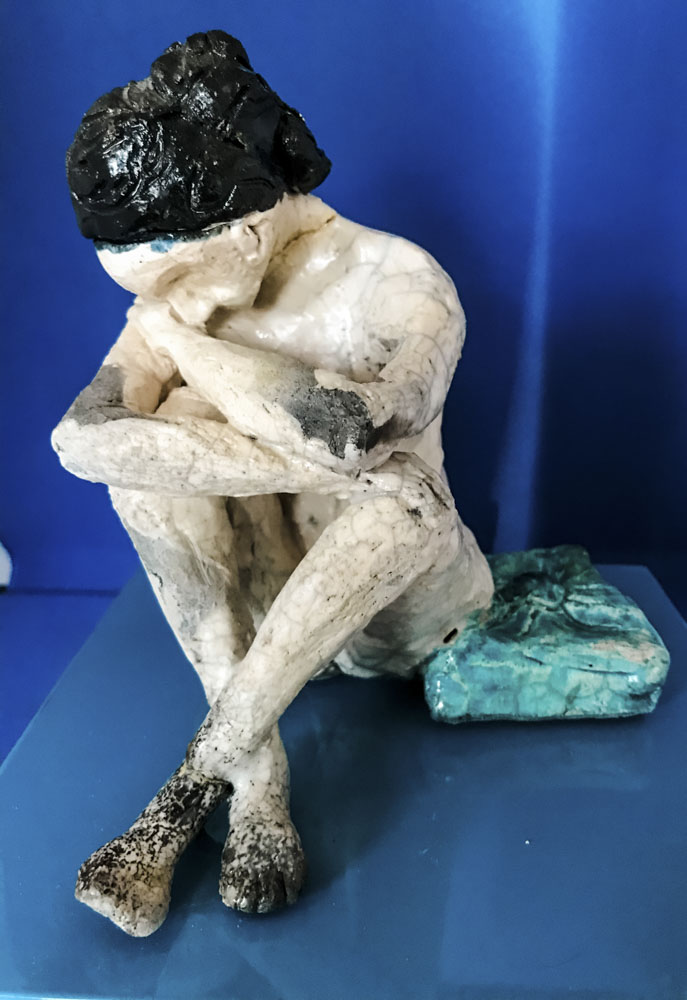
Lessons learned from Pottery Class:
When I first started taking pottery lessons, I went the way of throwing on the pottery wheel. My teacher was a perfectionist and smashed any pot that was not perfectly symmetrical. It was a bit surprising that she did this, leading me to believe thrown pottery had to be perfect. As my learning of the craft expanded through reading and observation of other pieces, I came to understand pottery does not have to be exacting. Pottery and can be very nontraditional in both creation and finishing the clay piece, whether you hand build or throw on the wheel. This revelation was too late for me, I was already hooked on hand building.

Let the creativity flow when things don’t go as planned:
In the ’70s, PBS ran a show where Bob Ross would teach people how to paint. The show still runs today in reruns on PBS or in YouTube videos. Many people tuned into Bob Ross to watch him create mostly landscape scenes in his wet on wet technique. You might be as surprised as I was to learn Bob Ross was a Military Drill Sargent in real-life before making this series of painting lessons. Bob said when he retired from the military, he never wanted to yell at people again. Even if you didn’t paint along with him, watching these shows was very calming, and he made painting look so simple. Part of the calming sense in these lessons is created by Bob’s voice’s tone and evenness. Bob’s attitude towards art was very positive. That attitude and his voice combined to make the painting look like an enjoyable pursuit.

Adjusting to Happy Accidents:
One of Bob’s mantras was, “There are no mistakes, just happy accidents.” I love that sentiment and try to apply it to all the crafts I dabble in, including clay. I try to be more like Bob with my pieces. Clay is a tough mistress because you shouldn’t fall in love with your piece until it is totally completed and glazed as many things go wrong. Clay pieces can develop cracks, edges can chip, become weak at specific points, explode in the kiln if not dried properly, stick to the kiln shelf, and have the glaze finish different from you expected. Wow, that’s a long list. Yet when your pieces come out of the kiln, it can be like Christmas with gifts from the kiln gods.
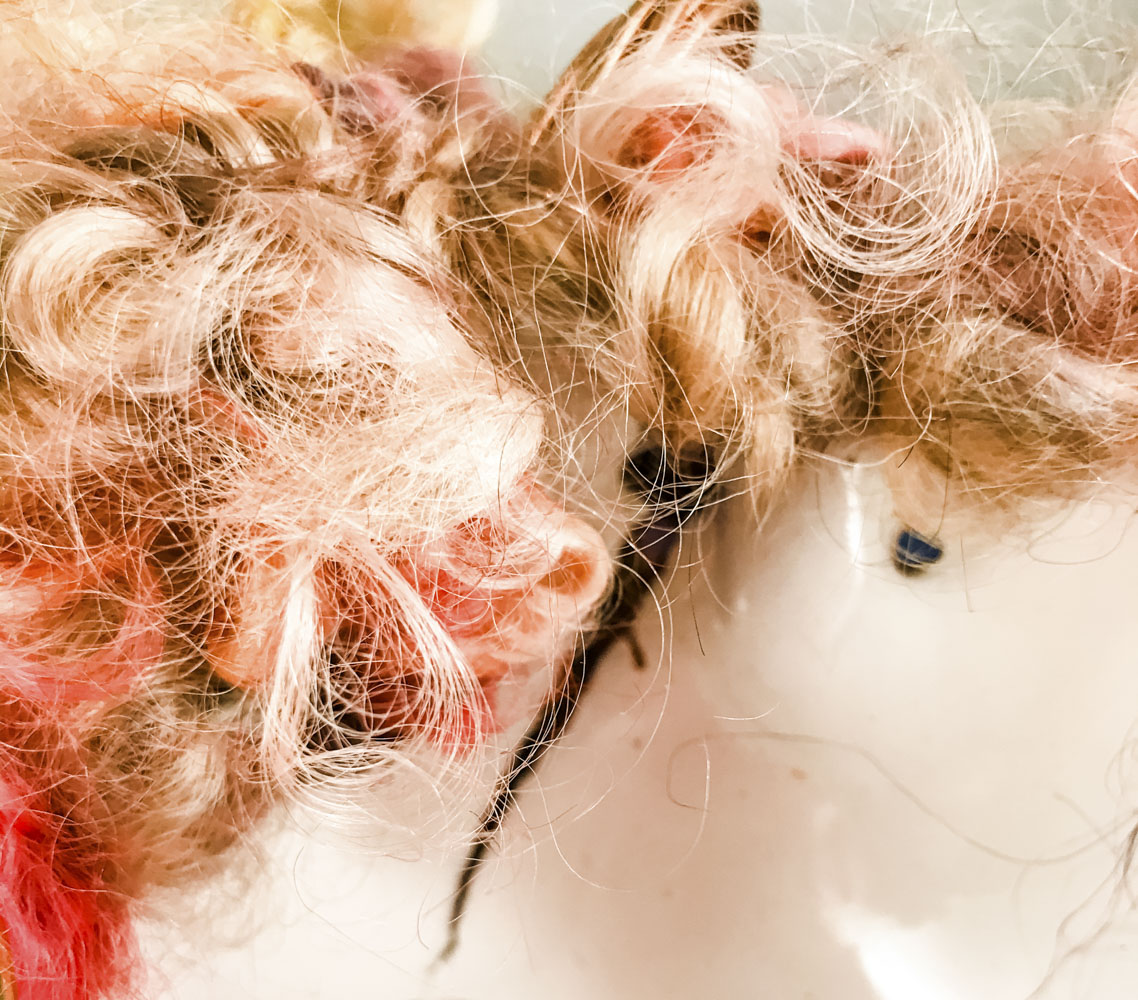
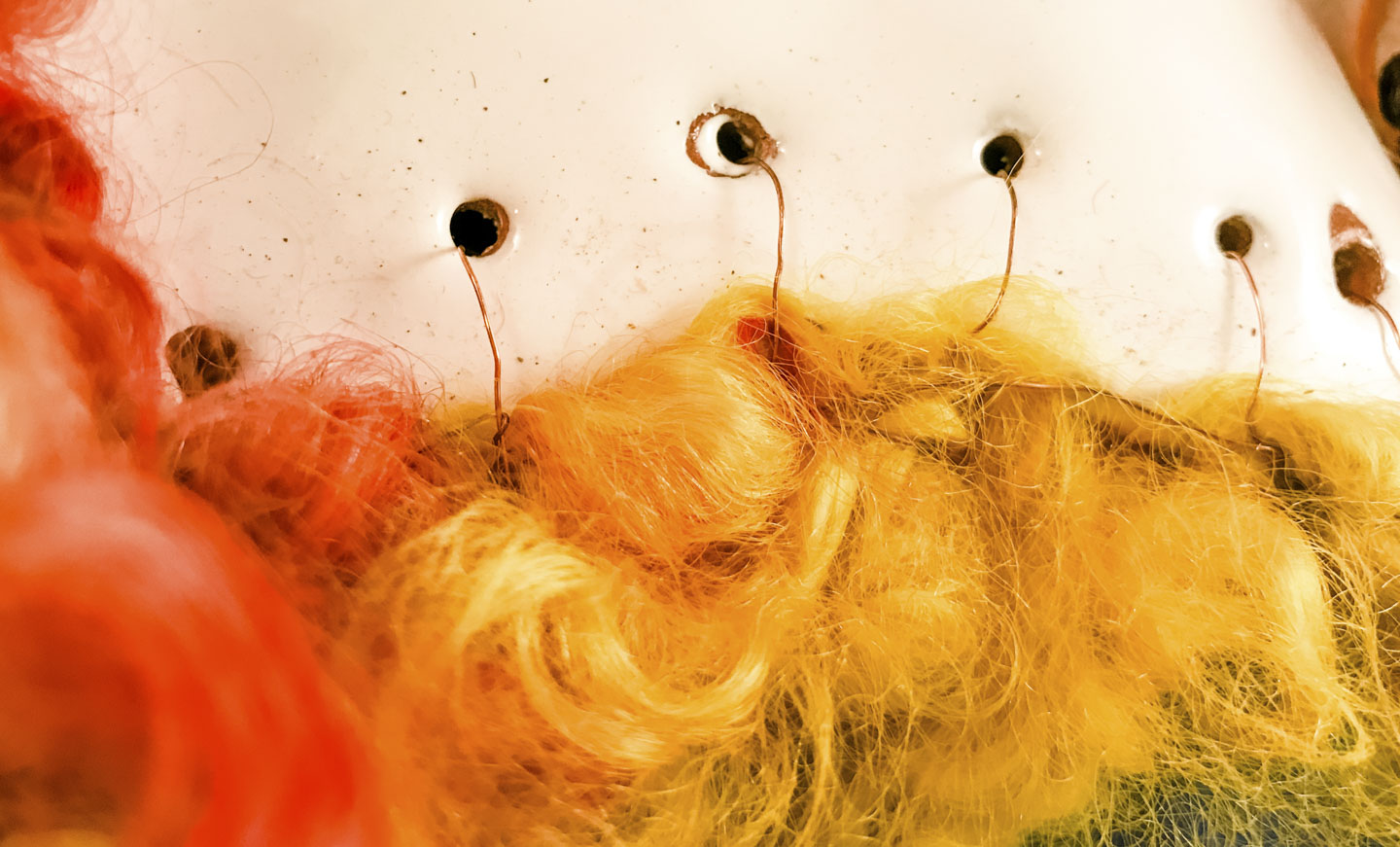
Example 1: Majolica
Let’s take a look at examples where I view the break of my piece as a happy accident in my pieces. In the first piece, Dragonflies, the bowl was created in a technique called Majolica. Majolica is widely used in Italy for hand-painted plates, vases, and platters. I first draped the clay over a form and let it dangle upside down to create an organic effect. I had this beautiful yarn that I wanted to incorporate in the piece, so I decided it would be an excellent topping for this bowl……this was an art bowl rather than a functional bowl. To attach the yarn, I had to put small holes around the top of the piece close to the clay’s edge to “sew” the yarn along the top.
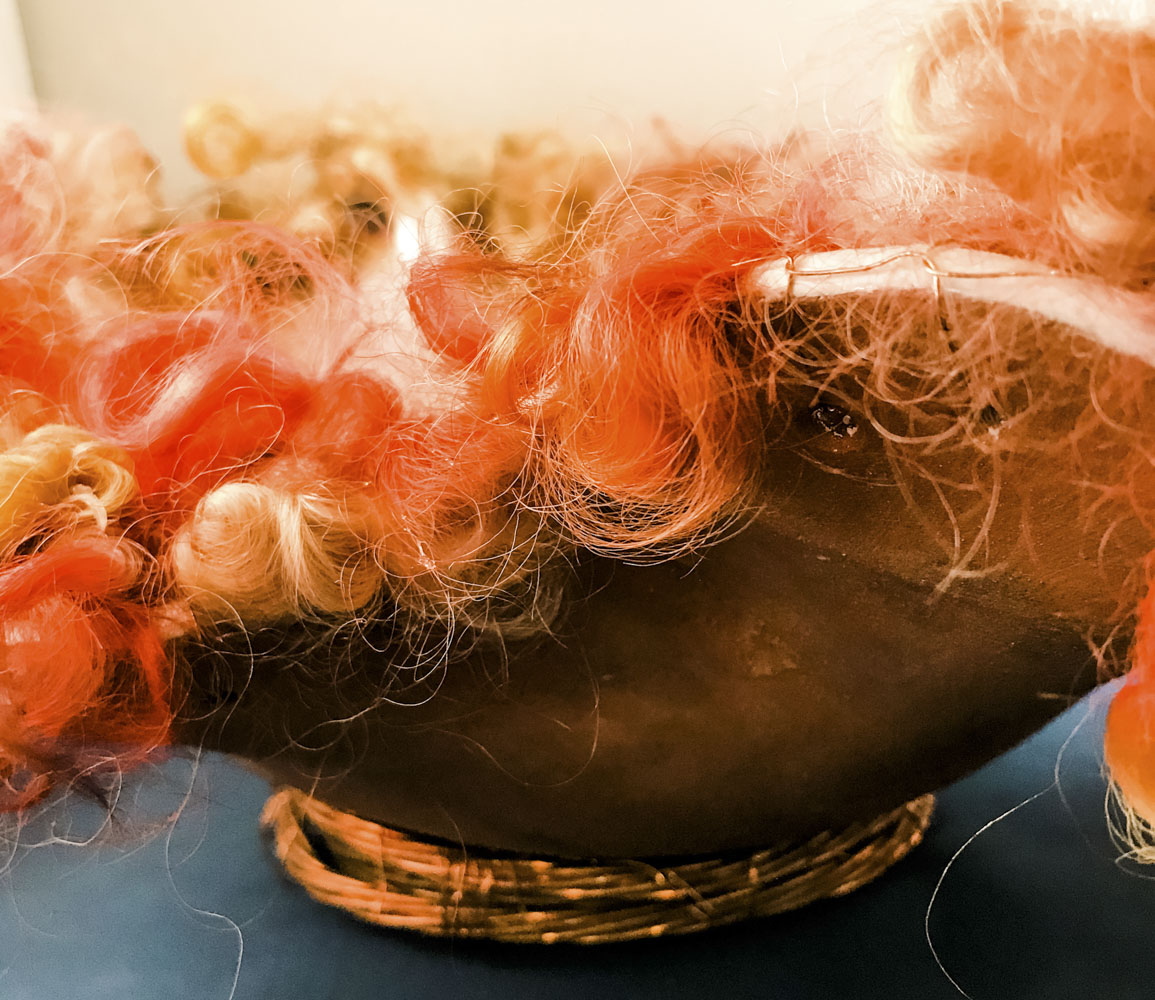
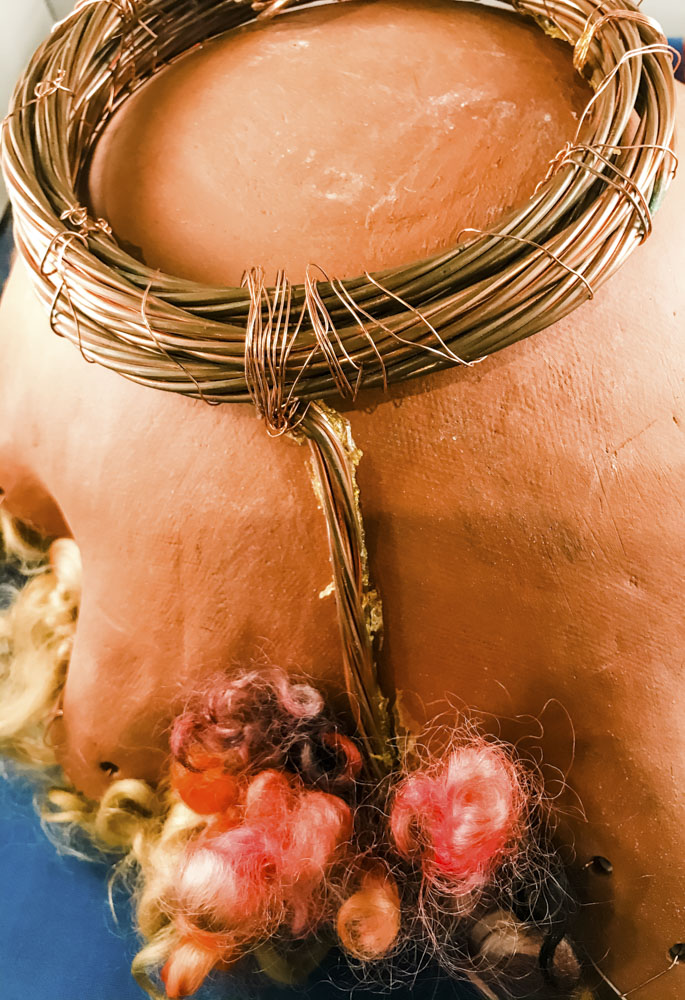
Things didn’t go as planned? Get Creative:
When making holes in the clay, a weak spot can be created, and a crack can form. That’s precisely what happened here after the first firing. A lot of people may have tossed the form to start over. I thought like Bob and made it into a happy accident. The pot needed a base to sit on, and I had a piece of copper wire to craft the base. When the pot was completed, I pulled the copper wires up over the crack on the pot. Then I added more copper wire down the middle to cover the break. Later I attached the yarn in place by sewing it with thin copper wire along the top. People always comment on the pot and the beauty of its uniqueness. It is proudly displayed on my coffee table in my studio to remind of the “happy accident” theory.
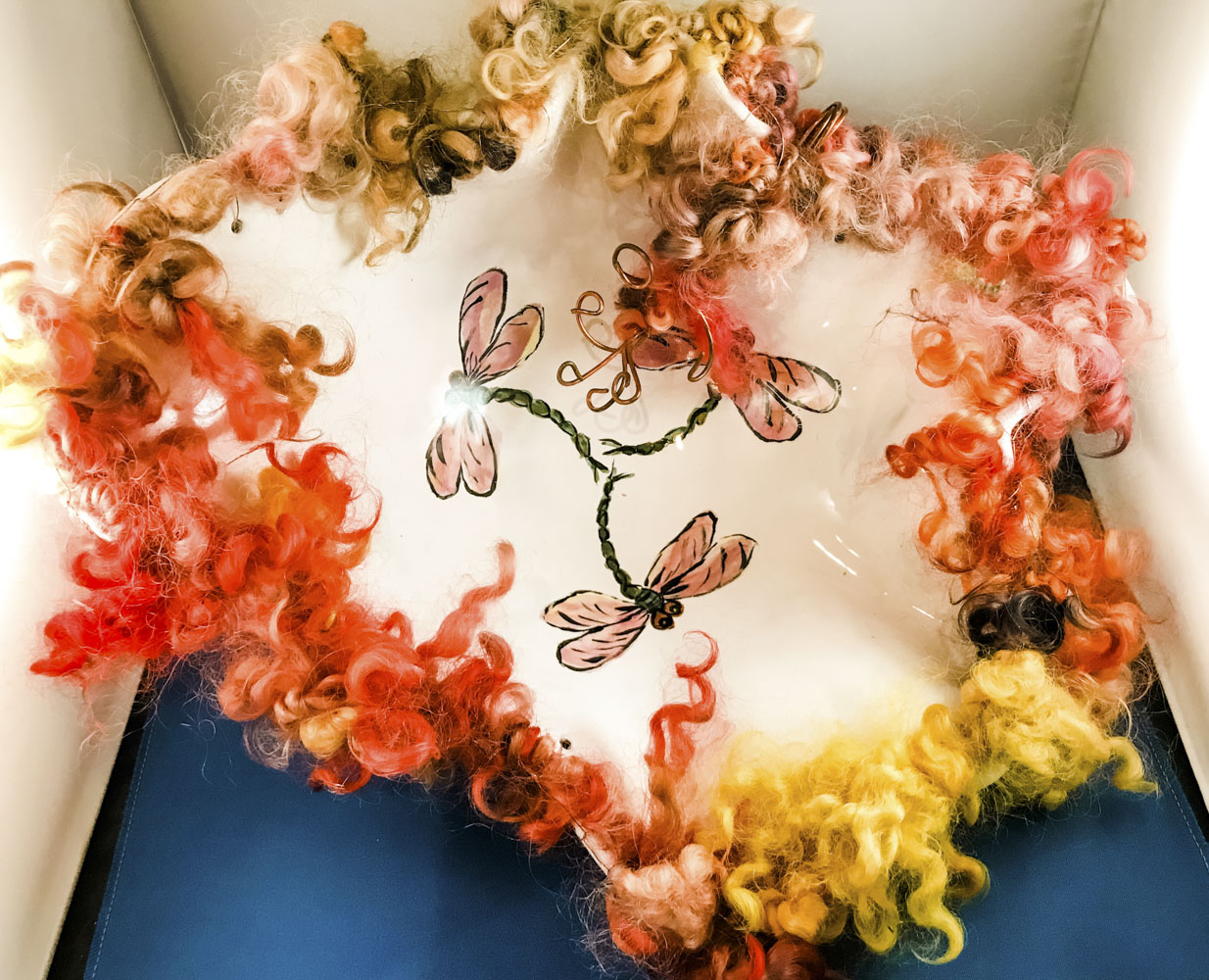
Example 2: Raku
In another case, I was learning the art of Raku. In Raku, the piece is moved from the kiln into an oxygen-deprived container while it is still glowing hot. The handler has to be very careful while wearing large fireproof gloves. Also, the piece is picked up by a tong with long ends. Next, moving the piece while hot creates another opportunity for a happy accident.That’s precisely what happened on my piece. My piece, Hot Spot, was created freestanding (or free laying), meaning it had not clay base attached. This was one of my first sculptural pieces, and I worked hard to get the proportions correct. While placing the hot piece in the tin to be covered, the feet were bumped, and they fell off. A woman lying down without feet is not particularly appealing. What would you have done? I glued the feet back on as most of us would, but the piece still lacked appeal. Bob Ross popped into my head, and I got out my jewelry wire and gave her ankle bracelets. In my mind, I would have never done that unless the feet had come off, but it adds so much to the piece.
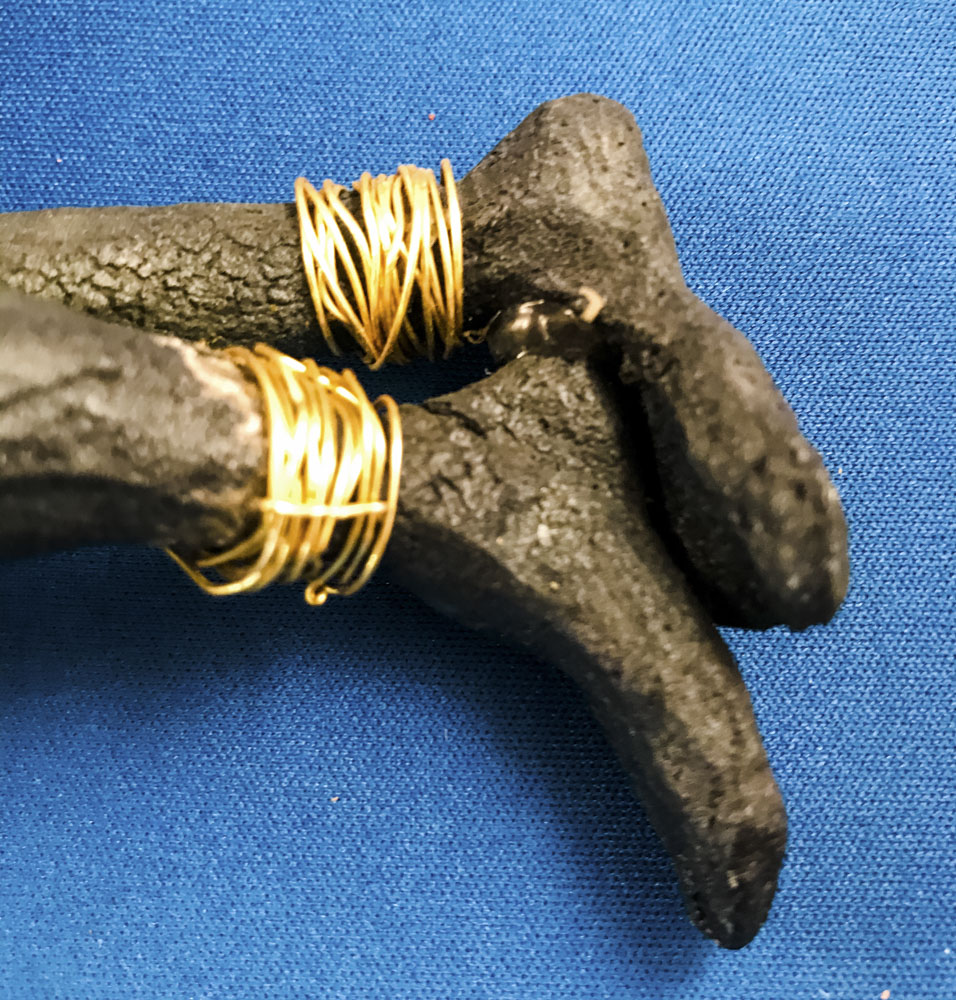
Loving, happy accidents:
When your next happy accident happens, and it will, think about Bob and find a way to incorporate the happy accident. After all, like us, art is a process, and nothing handmade is ever perfect. Creative adjustments will keep you at loving it, even when things don’t go as planned.
Want more Lilies and Jets:
Make sure to get your Free Project Evaluation Guide and follow us on Instagram to get a preview of things coming up on Lilies and Jets.

Pam Freday is an artist with a focus on fiber art, clay art, quilting, gardening, and jewelry creation. Her home studio is located in Massillon, Ohio. After more than 40 years in finance and banking, her retirement has permitted her to spend more of her time delving into her hobbies.
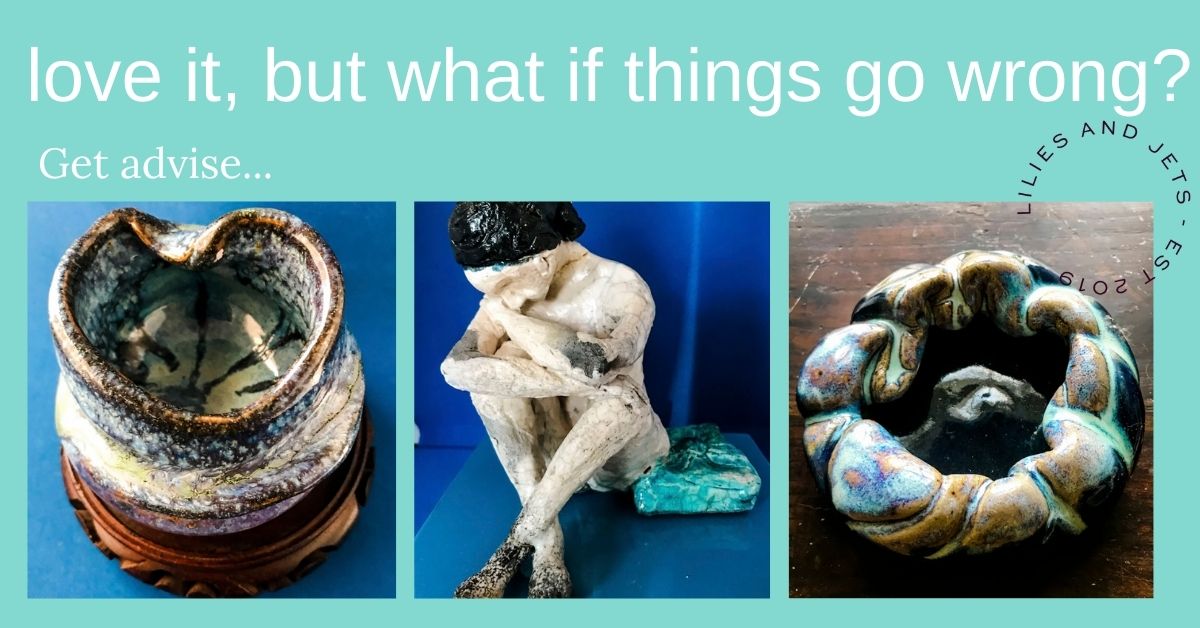

superb
Thank you glad you like it!